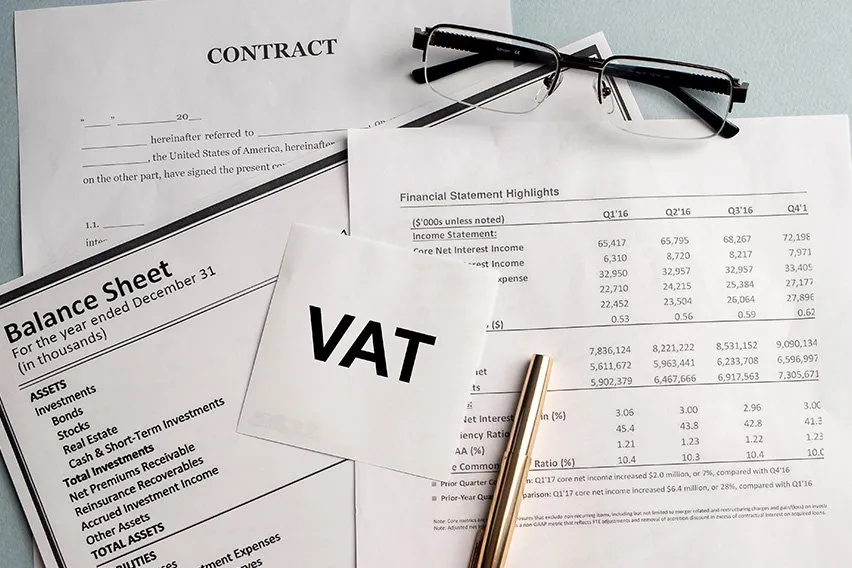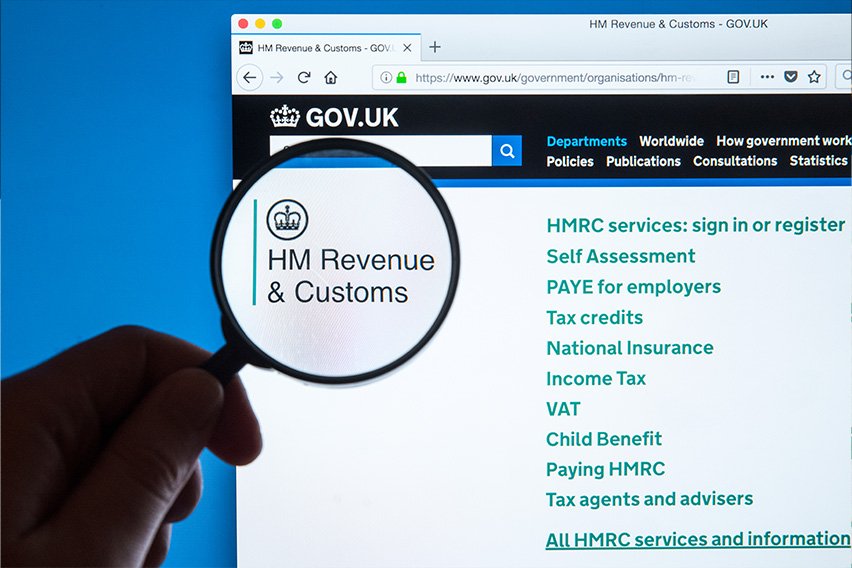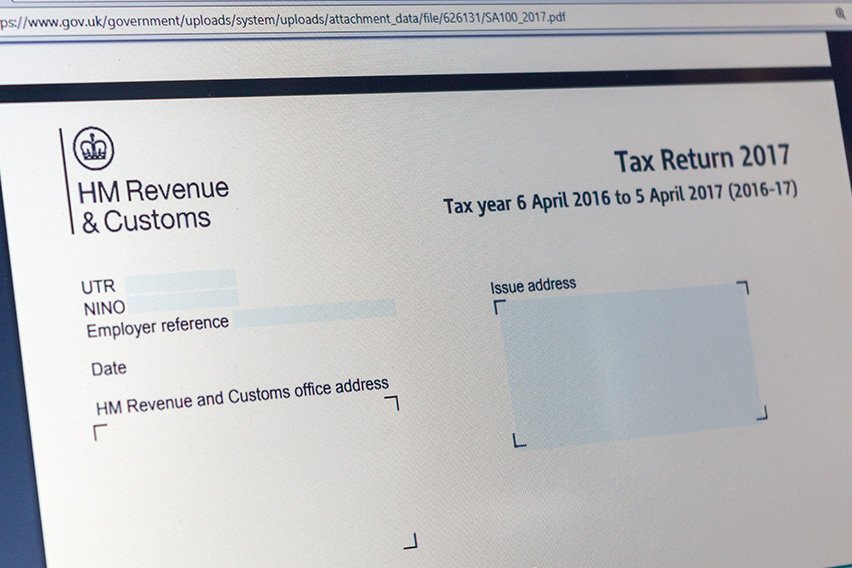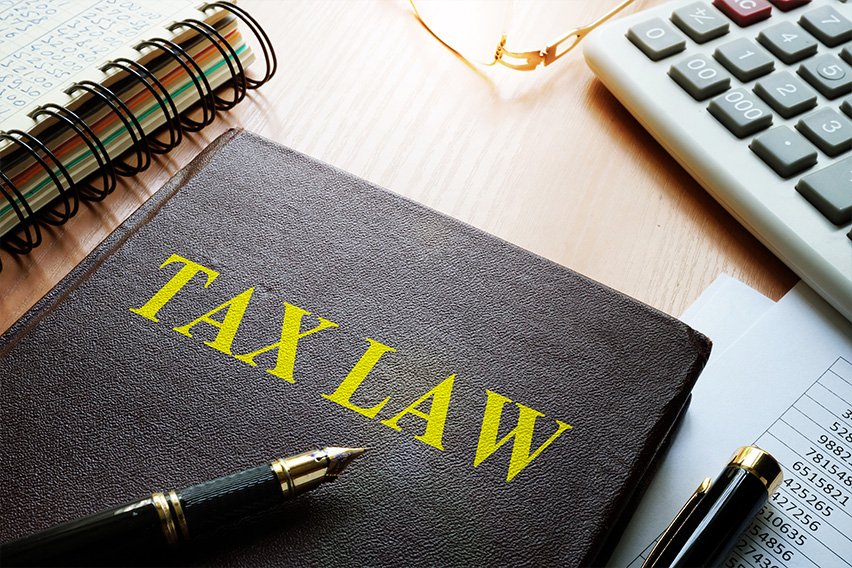VAT on Services Outside UK: Learn the VAT Rules for Services That Take Place Outside the UK.

Is your UK company registered for value added tax (VAT)? Make sure you understand all the details of the different VAT rates that apply to your business transactions when it comes to the sales of supplies or services.
The regulations are different depending on what you’re selling, who you’re selling to, and whether the business is in the United Kingdom (UK), European Union (EU), or a country outside the EU. A lot can change depending on the circumstances and the services you use can too (UK or EU VAT services).
Here’s What We’ll Cover:
When Does My UK Business Have to Become VAT Registered?
Is There VAT on Business Services in the UK?
What’s Outside the Scope of UK VAT?
Do I Charge VAT on EU Services and Goods to Companies Outside the UK?
What are the Rules for VAT on Services That Take Place Outside Outside the EU?
What Do I Do About VAT When I Buy Goods and Services From Other Countries?
When Does My UK Business Have to Become VAT Registered?
The UK VAT is a tax that is collected by VAT-registered businesses and paid to HM Revenue and Customs (HMRC). When your business exceeds an annual turnover of £85,000, you must register for VAT. All UK and EU services, assets, and taxable income are included in this turnover total. Businesses usually pass on this tax to their business customer.
Sometimes business owners choose to become VAT registered when their turnover is less than £85,000 because then they can reclaim the UK VAT they pay on business purchases. You can’t do this if your business services or goods are all VAT exempt.

Is There VAT on Business Services in the UK?
While there is VAT outside the UK, let’s start in the UK, then we’ll move onto the EU and the rest of the world. There are three rates of VAT in the UK for business:
- Standard rate of 20%: This rate applies to most business goods and services unless they fall into the other categories
- Reduced rate of 5%: For example, residential energy bills, and children’s car seats
- Zero rate of 0%: For example, children’s clothes, books, and most food
All items in these categories must be included in your UK VAT return—yes, even if they’re zero-rated.
Here’s an alphabetical list containing details of all ‘VAT notices’ for every possible business and industry type within the UK, so you can check out which VAT category your products or services fall into … and charge VAT to your customers appropriately.
What’s Outside the Scope of UK VAT?
There are some goods and services that fall outside the scope of VAT and are classified as exempt. For example: “Postage stamps, financial and property transactions.” These don’t need to be on your UK VAT return.
Do I Charge VAT on EU Services and Goods to Companies Outside the UK?
VAT on services to EU businesses, and goods to EU businesses can be tricky as they might fall outside of UK VAT requirements. There are two layers to this question: Sales to EU countries, and outside of the EU to the rest of the world.
Let’s think about trade with other EU countries. You have to answer two basic questions to know if you should be charging VAT for these transactions:
- Are you selling goods and services to another business or an individual consumer?
This is easy, if they have a VAT number, they are a business. If they don’t have a VAT number, even if they are a business, you treat them as a consumer (non-business) for UK VAT purposes.
- Are you selling products or services?
So do you pay UK VAT on services from EU businesses or just goods? This difference is crucial because ‘the place of supply’ determines which country’s VAT rules apply. If you’re selling actual physical stock, the place of supply is where the seller is—so UK VAT rules apply. If you’re selling services, the place of supply is where the consumer is—so for services, VAT rules of the consumer’s country should be used.
Yes, it’s a bit confusing, but stay with us here. Skim through these alternative business situations to find where you are and see how to apply UK VAT to your EU good and services.
I Sell to Consumers in the EU
Just like your UK consumers, charge VAT at 20% on services and supplies to EU businesses. There are a couple of other things to be aware of here. Each EU country has a sales value threshold and, if you go over it, you will need to register to pay VAT in that country. If your annual sales of goods in the EU total more than £250k, you’ll need to find out about Intrastat Supplementary Declarations.
I SUPPLY Goods to an EU Business Customer
This kind of transaction is called a dispatch, and your records need to show that you charge VAT at 0% to a business customer in the EU. This means that your invoice must include the business customer VAT number and the phrase “reverse charge VAT applies to this transaction.”
I Sell Services to an EU Business Customer
Reverse Charge Rules apply to VAT on services to the EU. Your customers charge the VAT to themselves and pay VAT in their country. It’s never entirely clear-cut with tax, and there are some exemptions to this. You need to check your own position carefully, to ensure you are not running afoul of any tax rules for the rendering of services abroad.
You can load all this information into your FreshBooks invoices so your record-keeping is flawless, and know that your VAT is being taken care of.
Rules for VAT on Services that take place outside the EU
Most services, supplies, and goods you supply to countries outside the EU are considered outside the scope of UK VAT and therefore exempt. These goods and services only feature on your VAT return in the ‘total value of sales’ section. This kind of transaction is called an export, instead of the EU ‘dispatch.’
What Do I Do About VAT When I Buy Goods and Services From Other Countries? Are There Special Rules?
Again, there are a few combinations of circumstances that lead to different answers about what to do if you buy goods, supplies, and services from countries outside the UK.
You Are VAT Registered and Buy Goods From Another EU Country
This is called an acquisition. You won’t be charged VAT by the seller—this falls under the reverse charge rule. So you pay UK VAT, as if you bought the goods or supplies in the UK from outside, and then reclaim it as a VAT expense. You do need to give your supplier your VAT number for their records.
You Are Not VAT Registered and Buy Goods From Another EU Country
You will have to pay VAT at the EU country’s rate. It’s the same situation as if you’re selling to an EU consumer, just reversed.
You Buy Goods From a Country Outside the EU
Whether you’re VAT registered, or not, you’ll have to pay VAT on any goods or supplies bought from countries outside the EU. These are called imports and UK VAT rates apply. The bonus of being VAT registered is that you can then reclaim this ‘outside purchase’ as input tax on your tax return.
You Buy Services From Another Outside Country
HMRC says: “When you buy services from suppliers in other countries, you may have to account for the VAT yourself—depending on the circumstances. This is called the ‘reverse charge,’ and is also known as ‘tax shift.’ Where it applies, you act as if you’re both the supplier and the customer. You charge yourself the VAT and then (assuming that the service relates to VAT taxable supplies that you make) you also claim it back. So the two taxes cancel each other out.”
In the UK, you have to pay VAT on services from the EU and other countries at the same rate as if those services were from a UK supplier. It’s called ‘output tax.’ This means you need to work out the currency equivalent in sterling for your tax return. All you have to do is put the amount of VAT in box 1 of your tax return, the total cost of the service in boxes 6 and 7, and the VAT figure in box 4 so that you can reclaim it.

How You Report VAT to HMRC
You report your VAT position to HMRC on a VAT return, every three months. Each quarter is called an ‘accounting period.’ It’s time-consuming, but luckily all the information you need to include is already sorted by FreshBooks:
- Sales and purchases totals for goods, supplies, and services
- VAT owed
- VAT available to reclaim
- Total VAT refund from HMRC
FreshBooks creates your VAT Return for you in CSV format, using all this information. You can give your accountant access to check it all and then file your VAT Return Report with HMRC securely with FreshBooks.
HMRC expects you to submit your VAT return online and pay electronically, with only a few very specific exceptions. You’ll be able to see your deadline for submission and payments in your online VAT account. Both deadlines are the same: One month and seven days after the end of each accounting period. Be warned, this is when the money must be cleared into HMRC’s account, so don’t leave the transfer until the very last minute.
There are the expected HMRC cumulative financial penalties if you fail to meet either filing or payment deadlines. If you miss a VAT return deadline or miss a payment, HMRC considers you to have defaulted and you go into a surcharge period.
For your first default, there is no surcharge but, if you default again during the next 12 months, the fines start to mount up.
If your annual turnover is under £150,000:
- Default 2: No surcharge
- Default 3: 2%
- Default 4: 5%
- Default 5: 10% or £30, whichever is higher
- Default 6+: 15% or £30
If your annual turnover is over £150,000:
- Default 2: 2%
- Default 3: 5%
- Default 4: 10% or £30
- Default 5: 15% or £30
- Default 6+: 15% or £30
No one wants to waste money on unnecessary fines. Just as well you’ve got FreshBooks to keep you on schedule, isn’t it?
There are also other financial penalties to watch out for. If you send in a return with careless mistakes or an intended “inaccuracy,” HMRC can fine you 100% of the amount you either over claimed or didn’t declare. So it pays to check twice when dealing with the complex tax rules that come with the sales of supplies or services to any country outside the UK. The same is true when rendering services abroad.
As a general rule, you should double-check HMRC’s calculations because you’ve only got 30 days to tell them if one of their assessments is too low. After 30 days, they can fine you 30% of the assessment’s total for taking too long to them it’s wrong. Their mistake, but it’s your place to inform them and you have to do it within 30 days.
Thanks to your excellent decision to use FreshBooks, you don’t need to worry about this one at all. Submitting a paper VAT return will get you a fine of £400 if you don’t make a prior arrangement with HMRC. So if you’ve got any mates still using pen and paper, you might want to warn them and introduce them to FreshBooks.
RELATED ARTICLES

 HMRC Tax Refund: Does HMRC Automatically Refund Overpaid Tax?
HMRC Tax Refund: Does HMRC Automatically Refund Overpaid Tax? So, How Far Back Can HMRC Investigate Your Tax Returns?
So, How Far Back Can HMRC Investigate Your Tax Returns? Inside IR35 – What Does Inside IR35 Mean?
Inside IR35 – What Does Inside IR35 Mean?